Welcome to the End of the World. Patagonia, Chile
- mantramag
- Aug 6
- 6 min read
Words + Photos, Timothy Dhalleine
Instagram: @timothydhalleine
Into the Wild

I live and work in Chile’s Patagonia, specifically in Torres del Paine National Park. I have been living here for more than a decade, capturing the vast landscapes and incredible wildlife of southern Patagonia.
Quotes
In every walk with nature, one receives far more than he seeks.
—John Muir
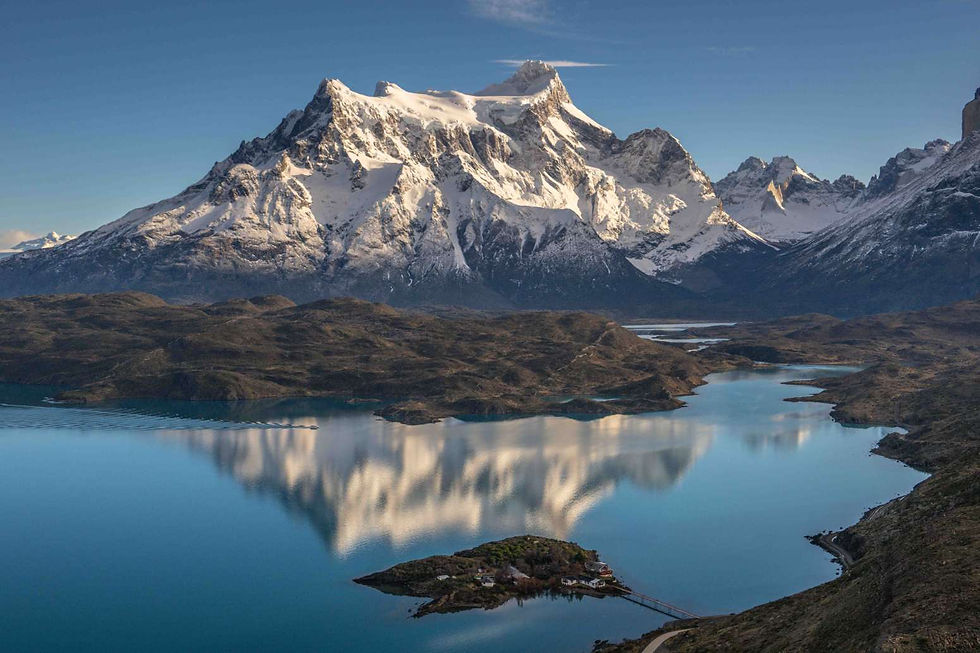
Pehoé Lake
Torres del Paine National Park
The Pehoé is without a doubt one of the most spectacular lakes on Earth. Nestled in the heart of Torres del Paine National Park, it’s a place I’ve had the privilege to witness with my own eyes—and soul—for over a decade as a nature photographer.
This lake holds a special kind of magic. It offers some of the most unforgettable sunrises I’ve ever seen. At dawn, the granite spires of the Paine Massif glow in surreal shades of pink, red, and orange. The air is crisp, and the silence is only broken by the sound of wind or the distant call of a bird. If you’re lucky, wildlife like upland geese or guanacos—a South American camelid—may wander into view, adding movement to this living canvas.
Pehoé changes dramatically with the seasons. In winter (June to September), snowfall can blanket the region, turning the landscape into a quiet masterpiece of white and blue. Spring and summer (October to February) bring fierce winds, shaping clouds into wild forms; yet sometimes the lake calms enough to reflect the surrounding peaks, namely Los Cuernos and Mount Paine Grande, the park’s tallest summit, with mirror-like perfection.
The name Pehoé means “hidden” in the ancient Tehuelche language, spoken by the Indigenous people who once roamed Patagonia’s vast steppes. Today, the lake is easily accessible by car from Puerto Natales. From here, visitors can explore scenic trails like the Salto Grande—Cuernos Viewpoint and the Condor Lookout. There’s also a catamaran that crosses the lake to Paine Grande, where many begin the W Trek, one of Patagonia’s most iconic hiking routes.
Pehoé is more than a popular spot in Torres del Paine; it’s a place that speaks to the soul of anyone who stands at its shore.
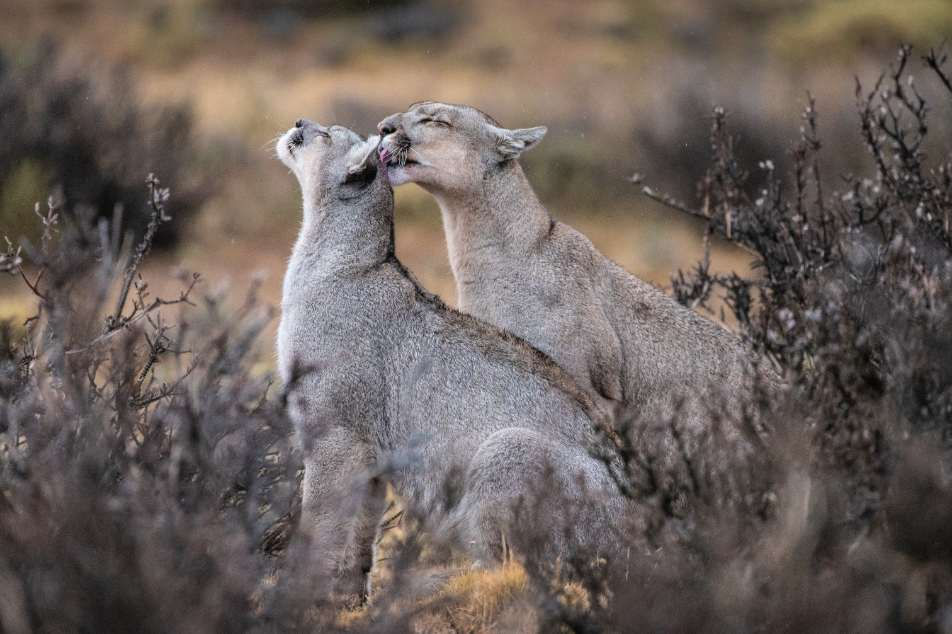
The O Circuit
Torres del Paine National Park
Most people come to Torres del Paine National Park to hike the W Trek, a famous route named after the shape it draws on the map. But if you’re looking for something wilder, quieter, and more immersive, I recommend the O Trek instead, for a few compelling reasons. The W Trek has become increasingly popular in recent years, drawing crowds from all over the world. The O Trek, by contrast, remains relatively untouched.
That’s partly because it’s more demanding and only recommended for experienced hikers, and partly because of the limited camping space. But for those willing to take on the challenge, it offers a deeper connection to Patagonia’s raw, untamed beauty. The landscapes are truly magical. While many visitors come to Torres del Paine to see the iconic three granite towers, the O Trek reveals lesser-known mountains and hidden corners of the park.

One of the most unforgettable moments is reaching the John Garner Pass at 1,200 meters above sea level, where you’ll be rewarded with sweeping views of the Southern Patagonian Ice Field and the immense, electric-blue Grey Glacier—a fast-receding, spectacular wall of ice. Hiking the O Circuit feels like a wild meditation. You begin through vast steppes and reach the tranquil shores of Dickson Lake, surrounded by ancient forests. From there, you climb through the lush woodlands of Los Perros to the glacier of the same name, then ascend to the John Garner Pass and descend into the Grey area, where the W Trek begins. That means the O includes the W, guiding you through the French Valley and to the base of the Towers.
As a nature photographer, I’ve hiked this trail many times. It’s more than a trek, it’s a journey filled with wild encounters, shifting colors, and moments of silence that stay with you. It’s also a fragile place. In 2011, a devastating fire, caused by a tourist burning toilet paper, destroyed over 17,000 hectares of wilderness. If you come to hike the circuit, be an example.
Torres del Paine is wild, sacred, and deeply vulnerable. It deserves our care.
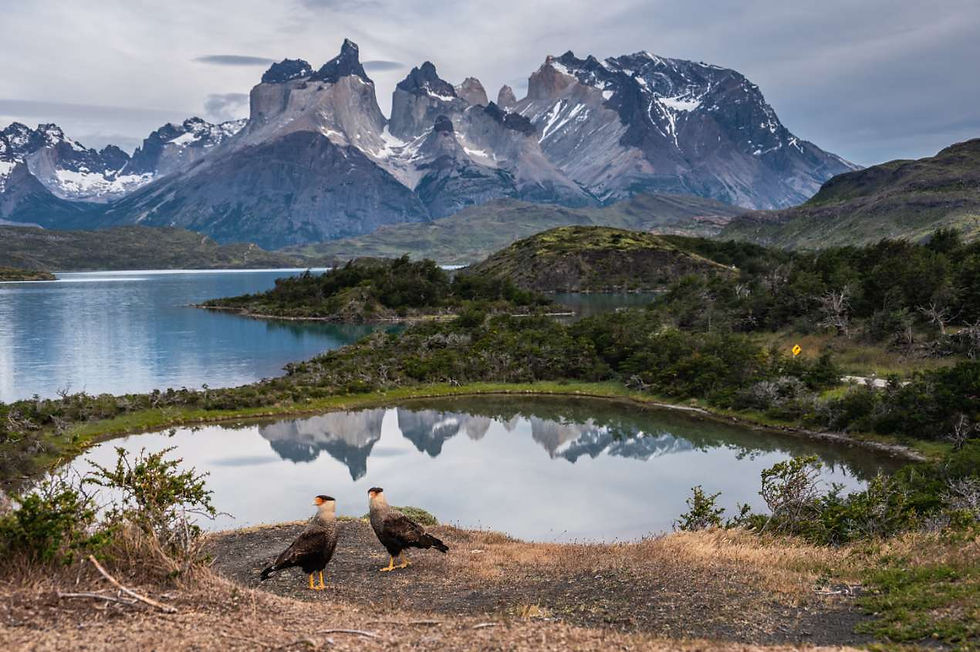
Puerto Natales

The location of Puerto Natales, on the shore of the Last Hope Sound, already hints at the poetic charm of this quiet Patagonian town. Surrounded by dramatic nature, the landscape is the main attraction. But Puerto Natales is much more than a gateway to the wild: It’s a vibrant hub that offers culture, comfort, and surprisingly exceptional cuisine.
In 2024, the town received a global certification recognizing it as an emerging gastronomic destination. With just over 20,000 inhabitants, it boasts an impressive concentration of restaurants and cafés, making it a must-visit stop for travelers heading into Patagonia. It’s the perfect base for exploration, not only into Torres del Paine National Park, but also into lesser-known gems nearby.
A short drive takes you to Laguna Sofía, where you can hike and spot majestic Andean condors. For panoramic views, hike up to Cerro Dorotea, which offers the most spectacular lookout over Puerto Natales. You can sail through nearby fjords to witness the hanging glaciers of Balmaceda and Serrano, or go horseback riding on a traditional Patagonian estancia to experience the local gaucho culture. Even a simple road trip through the endless landscapes of Última Esperanza Province becomes an unforgettable adventure. Whatever path you choose, nature will reward you.
Founded in 1911, Puerto Natales is evolving rapidly and is now considered one of Chile’s most dynamic destinations. It has its own airport with direct flights from Santiago, and it’s well-connected to other iconic places in southern Patagonia, like El Calafate and El Chaltén in Argentina, Punta Arenas in Chile, and Tierra del Fuego, shared by both nations. Whether you rent a car or take a bus, travel is simple.
Most of all, the warmth of its people makes Puerto Natales a welcoming place: perfect for solo travelers, couples, families, and friends alike.
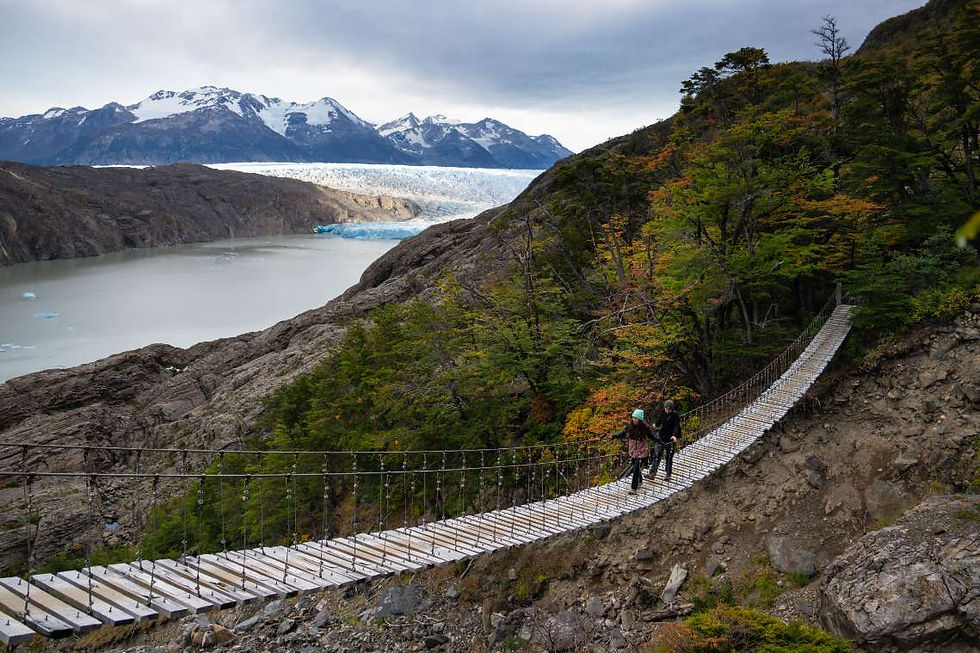
Patagonia Recommendations
Visit the Milodón Cave, just outside Puerto Natales, famous for the 1895 discovery of skin, bones, and other remains of the prehistoric ground sloth Mylodon darwini, from which the cave takes its name.
Explore the vast plains of Estancia Cerro Guido, the largest ranch in the region, spanning over 100,000 hectares of untamed beauty.
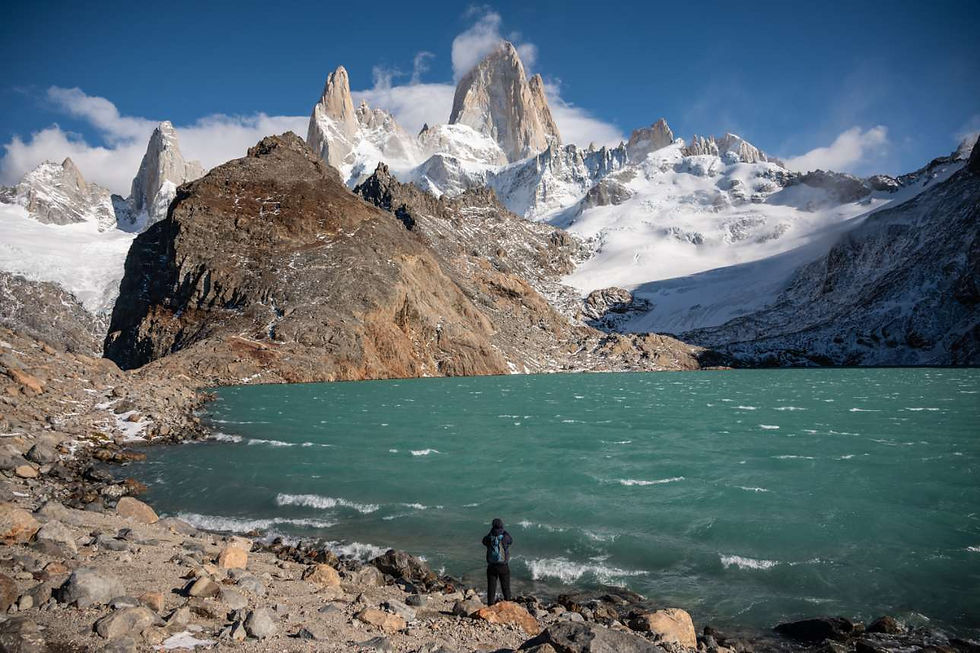
Take a ride through Torres del Paine National Park, where you might encounter fascinating wildlife, such as guanacos, Andean condors, and, with luck, pumas. Always remember to maintain a respectful distance from these magnificent creatures.
Head to Laguna Azul, the easternmost point of Torres del Paine, offering some of the park’s most breathtaking views of the mountains.
Embark on the Rupestre hike, just half an hour from Puerto Natales. This easy trail winds through lush forests and past ancient cave paintings, rewarding you with panoramic views of Laguna Sofía from a cliff.
Set sail to the Balmaceda and Serrano glaciers, highlights of Chile’s largest national park, Bernardo O’Higgins.
Cruise to Grey Glacier, a stunning three-hour journey, to witness the vibrant blue ice walls and floating icebergs.
Take a horseback ride through the valleys of Magallanes, with options between Puerto Natales and the small town of Cerro Castillo, offering unique perspectives of the region.
Hike to the summit of Cerro Dorotea for a panoramic view that highlights the rugged and remote beauty surrounding Puerto Natales.
Chase the sunrise at the shores of the stunning Pehoé Lake in Torres del Paine National Park, a must-do at 5 a.m. in the summer months.

Tips
Apart from Torres del Paine National Park, you shouldn’t miss an adventure to El Chaltén, Argentina’s capital of hiking. It is a long way from Puerto Natales or Torres del Paine National Park, easily a seven-hour drive, but it’s one of the most fascinating places in South America. It is worth staying in El Chaltén for at least three days, as there are some spectacular hikes you shouldn’t miss, among them Laguna de los Tres, Cerro Torre, and Loma del Pliegue Tumbado. You can also drive to Lago del Desierto (the “Desert Lake”). The drive itself is a cool way to understand how wild the border is between Chile and Argentina in Patagonia.

I recently tried TiviGen IPTV while looking for a reliable IPTV service and was genuinely surprised by the quality. You can check them out at tivigen.com, and the IPTV subscription setup was quick and easy. Streaming has been smooth with HD IPTV, sports IPTV, and IPTV Arabic channels, and it works well on IPTV for Smart TV and Android devices.